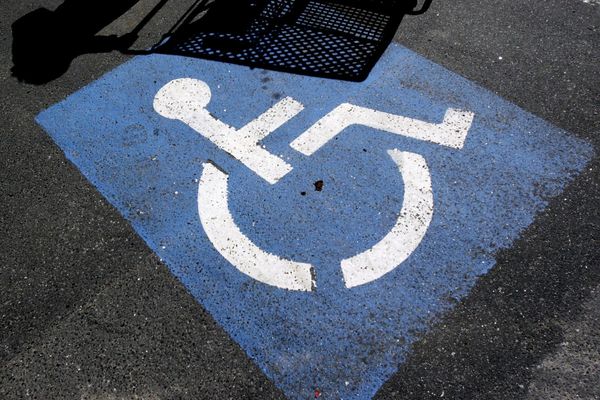A standard 9-to-5 may no longer be enough to compete in Silicon Valley’s high-stakes artificial intelligence boom.
Increasingly, young tech firms are embracing the so-called “996” work schedule — 9 a.m. to 9 p.m., six days a week.
Once a hallmark of China’s intense tech industry, the 72-hour workweek was banned there in 2021, but in California, it’s gaining new attention. Workers are posting about it on LinkedIn and X, using it as a badge of ambition and dedication, according to the New York Times and Bloomberg.
The rise of 996 threatens to reshape talent markets. Employees unwilling or unable to commit to such grueling hours may be excluded, narrowing the diversity of experience and exacerbating turnover and stress.
Who is doing it?
Several AI startups are normalizing extreme work hours, with companies like Cognition demanding 80-hour weeks and Rilla warning candidates of 70-hour weeks, according to Forbes.
Rilla explicitly warns job candidates not to apply unless they’re ready to be "working ~70 hrs/week in person with some of the most ambitious people in NYC,” the outlet says.
At Google’s AI division, cofounder Sergey Brin views 60 hours per week as the “sweet spot” for productivity.
What do experts say?
While the 996 model may produce short-term output gains, experts warn of long-term costs.
Historian Margaret O’Mara at the University of Washington told theTimes that the 996 model was like an intensified version of a decades-long Silicon Valley work ethic, rooted in high-pressure environments dating back to the 1960s.
Carolyn Chen, a sociologist at UC Berkeley, added that a “heroic masculine culture” in tech reinforces the expectation that workers should always be on.
Hustle culture can be particularly challenging for those with caregiving or other outside responsibilities, potentially making the tech industry even less diverse.
For workers able to push nonstop, the rewards can be enormous, especially with the influx of AI investments, but many tech employees now feel less secure than in Silicon Valley’s more prosperous past, with layoffs impacting the sector in recent years.

The dangers
Research shows that 996-style schedules are not just exhausting, they’re dangerous.
Working more than 55 hours a week, compared with a standard 35–40-hour week, is linked to a 35 percent higher risk of stroke and a 17 percent higher risk of death from heart disease, according to the World Health Organization.
Productivity also suffers. A British study shows that working beyond 60 hours a week can reduce overall output, slow cognitive performance, and impair tasks ranging from call handling to problem-solving.
The flip side
Shorter workweeks, in contrast, appear to boost productivity. Microsoft Japan saw a roughly 40 percent increase in output after adopting a four-day work week.
In a UK trial, 61 companies that tested a four-day schedule reported revenue gains, with 92 percent choosing to keep the policy, according to Bloomberg.
Wave of anti-science bills pushed by Kennedy allies hits statehouses, endangering health protections
Hermer and Jones summoned to public hearing on China spy case collapse
Japan's first female leader is an ultraconservative star from a male-dominated party
‘No plans’ for Trump-Putin meeting ‘in the immediate future’: White House
The Toronto Blue Jays take aim at America's pastime as Canada-US relations remain broken







